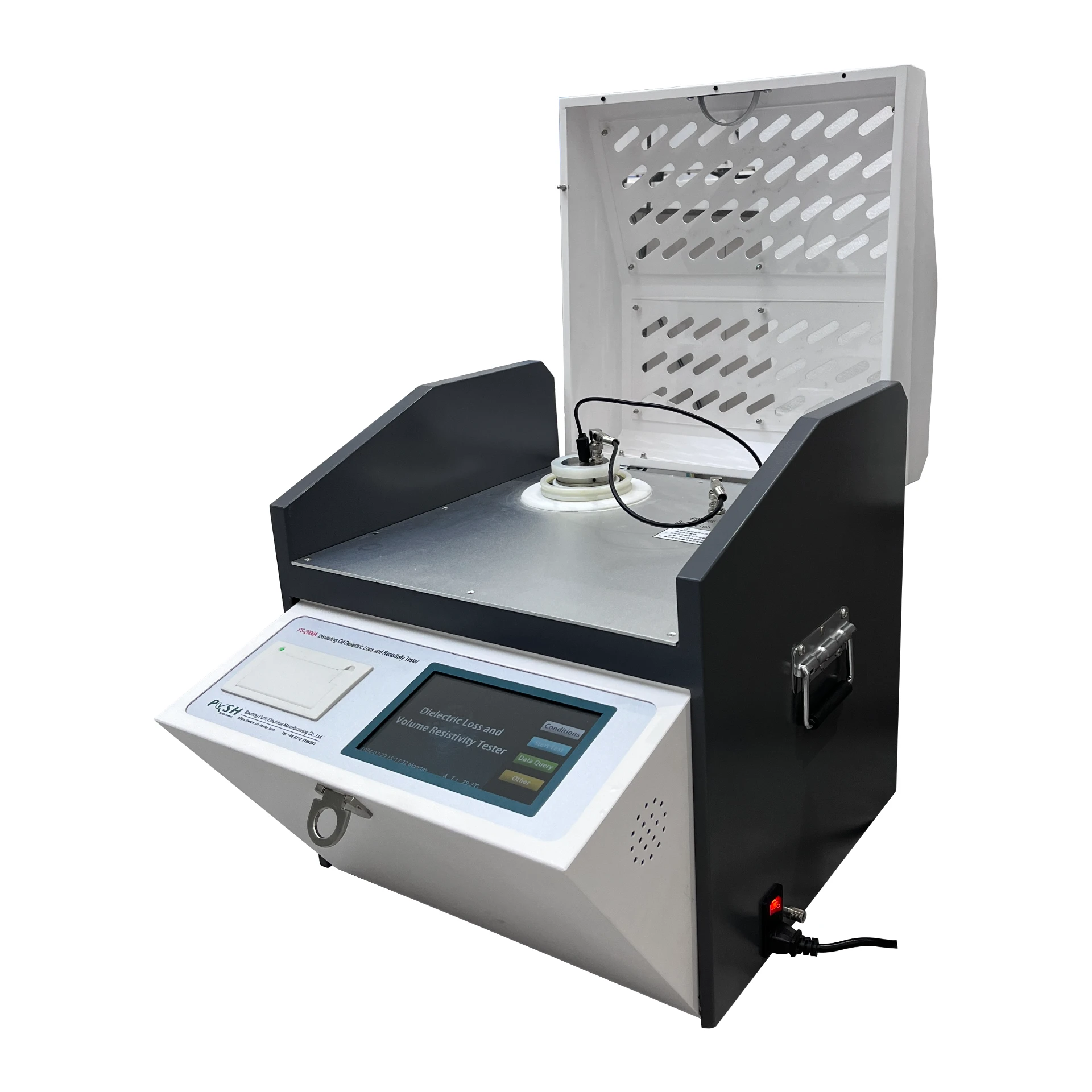 English
English


Automated Karl Fischer Titration System for Accurate Moisture Content Analysis
The Automatic Karl Fischer Titrator A Comprehensive Overview
The determination of water content in various substances is crucial across numerous industries, including pharmaceuticals, food and beverage, petrochemicals, and materials. One of the most reliable and widely utilized methods for this task is moisture analysis through Karl Fischer titration. The Automatic Karl Fischer Titrator has revolutionized this process, enhancing accuracy, efficiency, and ease of use.
Understanding Karl Fischer Titration
Karl Fischer titration is a chemical analysis technique specifically designed to quantify water content. The method relies on a redox reaction involving iodine and sulfur dioxide in the presence of water. When samples are introduced into the titrator, the water reacts with iodine, allowing for the precise measurement of moisture content. Traditionally, this process required manual operation, making it time-consuming and prone to human error.
The Rise of Automatic Karl Fischer Titrators
Automatic Karl Fischer titrators emerged to address the limitations of manual titration. These advanced devices are equipped with sophisticated technology that automates the titration process, thereby improving consistency and reliability. With an automatic titrator, users can expect accurate results, minimized hands-on intervention, and reduced variability in outcomes.
Key Features of Automatic Karl Fischer Titrators
1. Precision and Accuracy Modern automatic titrators are designed with high-precision components, allowing for extremely accurate measurements of water content. This precision is critical in regulatory environments where conformity to strict standards is mandatory.
2. High Throughput Automatic titrators can analyze multiple samples efficiently, significantly increasing throughput. This is particularly advantageous in laboratories handling a large volume of samples, as it saves time and resources.
3. Ease of Use Many automatic titrators come with user-friendly interfaces that simplify the process. Operators can easily set parameters, initiate titrations, and analyze results with minimal training. This accessibility reduces the risk of operational errors.
automatic karl fischer titrator

4. Data Management Modern titration systems often incorporate software that tracks and stores results, ensuring easy access for future reference. This capability facilitates compliance with regulatory requirements, as records can be readily retrieved and analyzed.
5. Versatility Automatic Karl Fischer titrators can analyze a wide range of samples, from solids to liquids. This versatility makes them ideal for various industries, where the nature of the sample may differ significantly.
Applications Across Industries
The Automatic Karl Fischer Titrator finds applications across diverse fields
- Pharmaceuticals In drug formulation, precise moisture content control is vital for stability and efficacy. Automatic titration ensures that products meet strict regulatory standards.
- Food and Beverage Quality control in food and beverage production relies heavily on the measurement of water content. Moisture levels can affect texture, flavor, and shelf life, making accurate analysis essential.
- Petrochemicals The water content in fuels and lubricants can influence their performance. Titrators help ensure that these products meet industry specifications, thereby preventing potential operational issues.
- Materials Testing In industries like polymers and construction materials, moisture analysis is critical for quality assurance. Automatic titration provides reliable data to maintain product integrity.
Conclusion
The Automatic Karl Fischer Titrator represents a significant advancement in moisture analysis technology. By automating the process, it enhances precision, increases efficiency, and simplifies operations across various industries. As the demand for accurate moisture content measurement continues to grow, the role of automatic titrators will undoubtedly become increasingly vital in ensuring product quality and compliance with regulatory standards. As technology continues to evolve, we can expect further improvements in these devices, further transforming moisture analysis in the years to come.
-
Differences between open cup flash point tester and closed cup flash point testerNewsOct.31,2024
-
The Reliable Load Tap ChangerNewsOct.23,2024
-
The Essential Guide to Hipot TestersNewsOct.23,2024
-
The Digital Insulation TesterNewsOct.23,2024
-
The Best Earth Loop Impedance Tester for SaleNewsOct.23,2024
-
Tan Delta Tester--The Essential Tool for Electrical Insulation TestingNewsOct.23,2024





